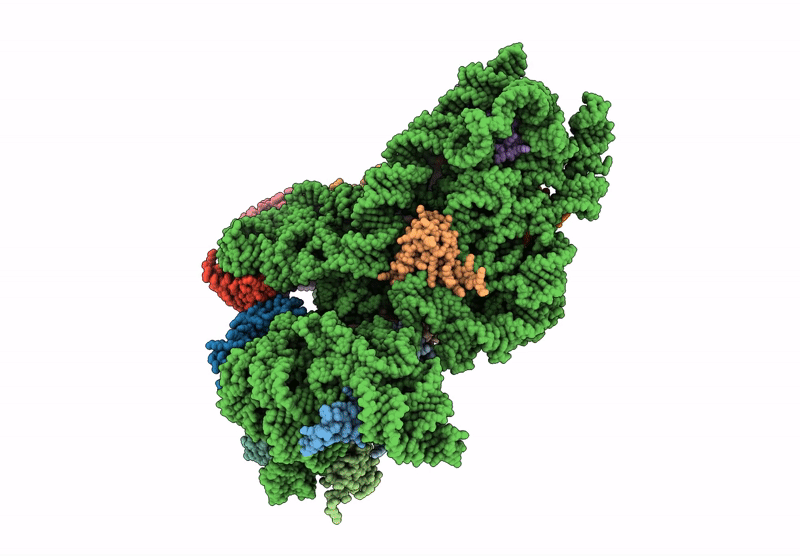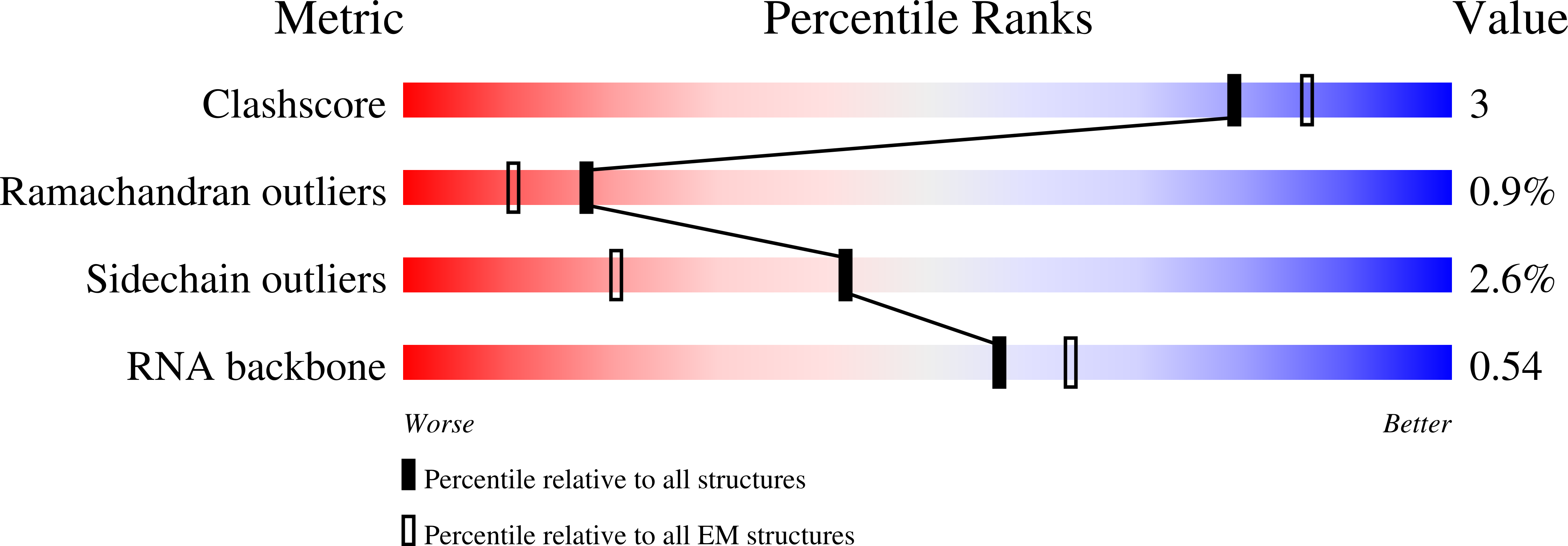
Deposition Date
2024-10-29
Release Date
2025-05-21
Last Version Date
2025-05-21
Entry Detail
PDB ID:
9H90
Keywords:
Title:
Cryo-EM structure of the Vibrio natrigens 30S ribosomal subunit in complex with spectinomycin.
Biological Source:
Source Organism:
Vibrio natriegens (Taxon ID: 691)
Method Details:
Experimental Method:
Resolution:
2.80 Å
Aggregation State:
PARTICLE
Reconstruction Method:
SINGLE PARTICLE


